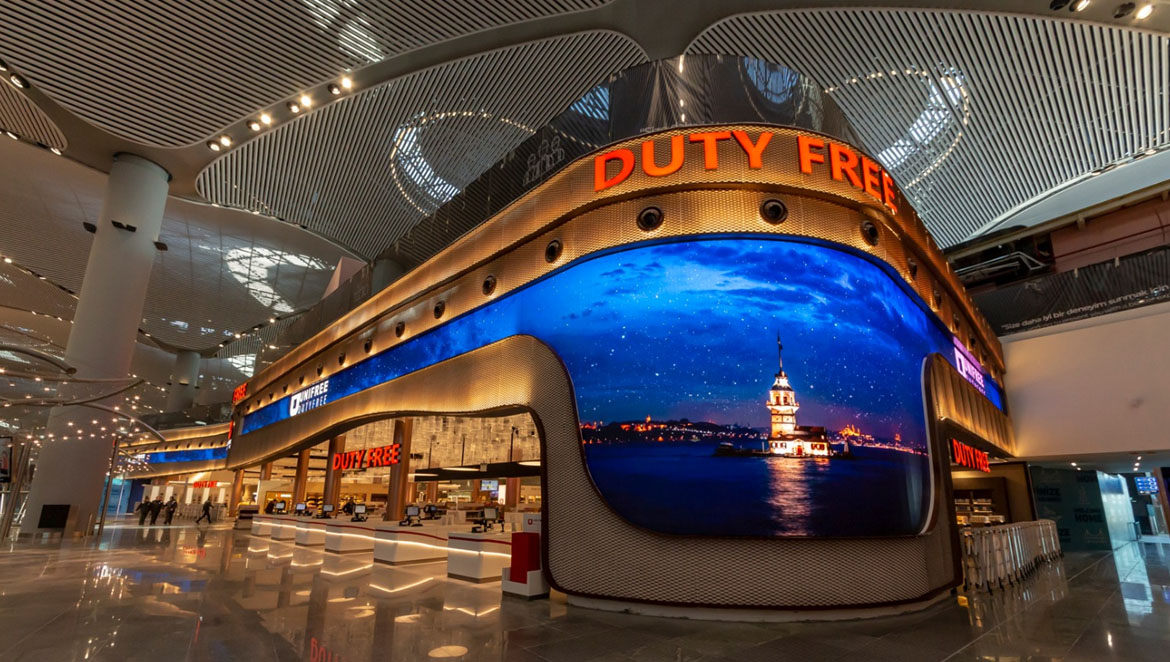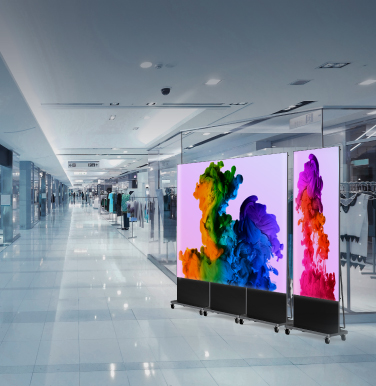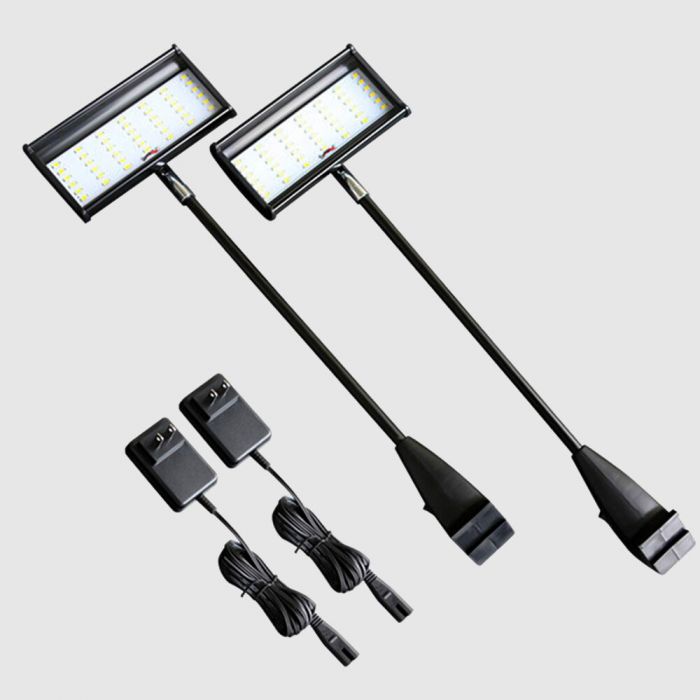New Tips To Selecting Creative Led Displays
Wiki Article
When Examining Led Displays, How Important Are Pixels? Pitch & Resolution?
The resolution, pixel pitch and pixel pitch are all important considerations when researching LED displays. Both of these factors directly impact the clarity of detail and the overall visual impression provided by LED displays. The reason they matter in the first place:
1. Image Quality
Pixel Pitch: Pixel pitch is the space between the LED center and the pixel that is adjacent to it. A smaller pixel-pitch means the LEDs will be more in proximity. This means greater pixel density and greater resolution. This directly translates into sharper and more precise images.
Resolution: Resolution refers to the number of pixels that are displayed on the display. It's typically expressed as width x height, e.g. 1920x1080. Higher resolutions allow for greater detail to be shown and creates an immersive experience. This is crucial when you have large screens where the viewer is close to the screen.
2. Viewing Distance
Pixel pitch is directly linked to the ideal viewing distance. A smaller size of pixel (and consequently a greater resolution) are essential for displays that will only be observed from close range. This is the case for indoor screens, which are employed in retail or exhibitions. If the display is viewed from a distance it will not matter whether there are more pixels.
3. Content Versatility
Displays that have smaller pixel pitches as well as a higher resolution and smaller screen size are able to accommodate various kinds of content. They can accommodate high-definition images and text, as well as complex graphic designs. This versatility is important for applications that need fluid media. Examples include digital signage, studios for broadcasting and control rooms.
4. Costs
A smaller pixel pitch may give better quality images, however it can also increase the price of the screen. The cost of producing screens with higher resolutions is higher due to the larger number LEDs that are required. Therefore, it is important to take into consideration the purpose, viewing distance, and budget when balancing the need for high-resolution screens.
5. Application Specificity
The program can calculate the importance of pixel pitches and resolution.
Indoor Displays require a smaller pixel spacing (e.g. between 1.2mm all the way to 2.5mm) in order to guarantee excellent quality even at close-up distances.
Outdoor Displays (e.g. 10mm or 4mm pixels): These displays are often viewed from a distance and therefore, a high resolution may not be as critical.
6. The longevity and upgradeability
As technology for display advancements, the pixel pitch will diminish, allowing higher resolutions even in smaller areas. If you buy a display today with an ideal pixel pitch it is likely to remain functional and useful for a longer period of time.
Conclusion:
Pixel pitch is a crucial factor in an LED display’s performance. It influences the quality of images, the viewing experience, as well the flexibility of content. Be aware of these aspects when looking into LED displays based on your application as well as the budget and audience you're considering. Take a look at the recommended smd screens for more advice including display led outdoor, transparent led display screen, display screen led, led panel transparent, flexible led display screen, led panel rental, church led wall, led panel rental, led wall, advertising displays and more.

What Is The Importance Of The Weight And Portability Of Led Displays When Deciding On A Display?
It is very important to evaluate and think about the flexibility of LED displays while researching their use, particularly for specific situations in which flexibility, installation and ease-of-transport are major concerns. These aspects are essential:
1. Installation and setup is easy
Weight: A lighter LED display is simpler to install particularly when the display has to be mounted in an environment where it will need to be mounted on the roof, walls or some other structure. Displays that are heavy require more sturdy support structures, which may make installation more difficult and add the cost.
Portable Displays are ideal for exhibitions, temporary installations and events. They can be quickly put up and taken down. Their lightweight design means they can be transported easily, reducing the amount of time and effort needed for every setup.
2. Rental and Staging
Portable and lightweight LED panels are essential in the rental market as well as for staging where displays must be frequently relocated. Quicker turnaround times, less transport costs, and a reduction in the possibility of damage to LED panels while handling are all advantages.
Modularity. Portable LED displays come with modular designs, which makes them easy to disassemble and put back together. It is vital to have this flexibility when creating customized display designs for various events.
3. Structural Requirements
Support Structures. LED displays that weigh more require more sturdy and complicated mounting structures. This can add to overall costs and complexity. However LED displays can be positioned on simple structures that are more affordable, making them more flexible.
Venue Constraints Certain venues have weight limitations on their structures. This is often the case for ceiling or walls mounts. Selecting a lightweight display will enable the display to be accommodated within these restrictions.
4. Transport and Logistics
Shipping costs The weight and the dimensions of LED displays will directly impact the cost of shipping and handling. Lighter displays are less expensive to ship, particularly for large-scale installations or international transportation.
Storage and handling Displays that are portable and light displays require less space. This makes logistics easier and is ideal for companies who need to move their displays around frequently.
5. Flexible use
Reconfigurability - Lightweight portable displays can be reconfigured to various sizes and shapes in order to suit various purposes. This is extremely useful for creative installation where the flexibility of design is crucial.
Versatility of application: These displays can be utilized in a variety of situations ranging from small outdoor pop-ups to large-scale events. They provide versatility that other displays, which are heavier and bulkier, are not able to match.
6. Safety Factors
Reduced risk: Less heavy displays are less likely to cause injuries during installation or handling. This lowers the likelihood of damage. This is important, especially in areas where the screen is frequently altered or moved.
Compliance: In certain cases weight restrictions can be required by security regulations to prevent installation in public areas. It is essential to ensure that the display is in compliance with all these requirements to avoid problems with compliance.
7. Energy Efficiency
Weight is not always directly related with the power consumption of a display, however lightweight displays are made to be efficient in energy use. Displays with LEDs that are portable can consume less power, which is an additional benefit in situations in which power supply is not as abundant or where reducing operational costs is a top priority.
Conclusion:
LED displays need to be lightweight and portable, especially when they need frequent movement or temporary installations. These aspects affect not just installation and transport but also the flexibility and security, and the total cost. While researching LED displays it is crucial to consider the weight and mobility of the display in case there is a need for frequent moving, speedy installation, or conformity with safety or structural specifications. View the top led rental screen for more recommendations including transparent display monitor, led in walls, digital display, transparent screen, board led, display screen led, led transparent screen, led panel rental, led video wall panels, wall tv and more.

How Important Is Costs, Roi, And Energy Efficiency When You Are Researching Led Displays?
Cost as well as ROI (Return on investment), and energy efficiency are extremely relevant when analyzing LED displays since they directly impact the financial viability, long-term benefits, and operating costs of the investment. Why each of these factors are important:
1. The Cost of Initial
Cost considerations: The initial price of purchasing LED displays could be major consideration for any project. This includes not only the price of an LED display, but also costs for installation, structure of the mounting, and any other necessary accessories.
Quality Compare. The initial cost of a screen may appear attractive, however it may come with cost in terms of durability, quality or features. It is essential to evaluate the initial price against the desired display performance and the length of its life.
In situations with limited budgets it is essential to make a thorough evaluation of performance and price is essential. For example, high-end displays might be essential for applications like advertising in high-traffic areas and more affordable alternatives might be adequate for less demanding environments.
2. Return on Investment
Revenue Generating: ROI is usually related to the capability of LED displays to create income. This could be via marketing, customer engagement, or brand visibility. Displays with a strong message that draws attention to it can yield a high ROI, either through advertising revenue or generating sales.
Durability and Longevity: High-quality displays with greater durability and longer life expectancy typically provide greater ROI since they need less frequent replacement and have lower maintenance costs as time passes. The long-term savings could offset the initial cost of a better display.
Impact of Features on ROI: Features such as high brightness, large viewing angles and high resolution resolution may increase upfront costs however, they could also improve audience engagement, leading to a higher return on investment.
3. Energy Efficiency
Operating Costs: The energy effectiveness of LED displays is essential in reducing operating costs. Electricity bills will be lower in the event that you use less power. This is essential for displays or large installations which are constantly in operation.
Environmental Impact Energy-efficient displays can contribute to sustainability goals, through cutting down on carbon footprint. This is particularly important for companies and businesses that are committed to environmental sustainability or are required to comply with regulations governing energy usage.
Long-Term Savings: While energy-efficient displays may have a greater initial price, the savings in energy costs over the lifetime of the display could be substantial, enhancing the overall ROI.
Application: Energy efficiency could be a major element in reducing overall costs for installations that are located in areas where energy costs are excessive or when large-scale deployments take place.
4. Total Cost of Ownership
Maintenance and repairs. The total cost includes the cost of purchasing and also the cost for repairs, maintenance and possible downtime. Displays that last longer and last longer generally have lower TCO and are the most cost-effective option over the long term.
Enhancements and Scalability. Take into consideration the ease of scaling or upgrading the display. A modular display that can be upgraded or expanded for a low cost is a great long-term investment.
Application: For settings where displays are anticipated to last for a lengthy period of time, such as the workplace, public spaces or areas of retail that have an abundance of customers with a particular concentrate on TCO will make sure that the investment is cost-effective.
Options for leasing and financing
Flexible financing: A lot of companies offer financing or leasing options that make it easier to manage the initial cost of quality displays. This can be particularly useful for companies that want to keep cash flowing while still investing in effective digital signage.
Renting options can impact the ROI of a business, as they provide businesses with the ability to upgrade to the latest technology with no initial investment. They also make sure that displays are always cutting-edge and offer a great return.
6. Market Competitiveness
Cost vs. Cost and ROI can impact your capability to compete on the market. A higher-quality display can help you to differentiate yourself from the other competitors, while attracting more customers.
Application: In sectors with high levels of competition, like entertainment and retail, investing in displays that are higher quality, yet also provide higher ROI can provide you with an edge.
Conclusion:
The cost, return on investment and energy efficiency all play a role in determining the overall value of an LED display. The performance of your display will be improved when you balance initial costs and expected returns on the investment. It is essential to think about these factors in deciding on a display that will align with your budget goals as well as long-term strategies and your operational objectives. Check out the best flexible advertising boards for website info including led wall tv, advertising displays, video walls, led video wall panels, led board, flexible led display screen, video walls, led screen for outdoor, led display transparent, led board and more.
